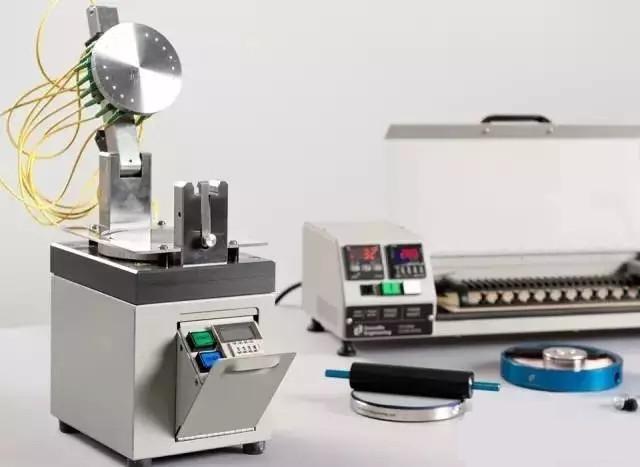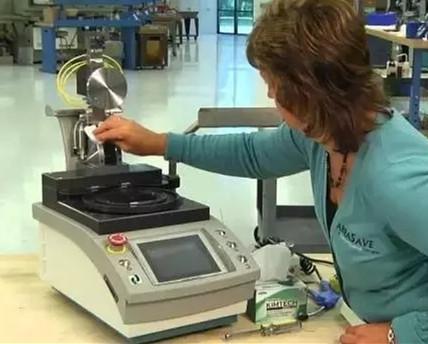- Related articles
- Optical Transceivers for Cisco SRW2016-K9-UK Switch
- All Cisco ONS-SI-100-LX10's information (List price, Specs, Datasheet PDF, Compatibility m
- All Cisco WS-G5484's information (List price, Specs, Datasheet PDF, Compatibility matrix)
- What is a SFP module?
- Types of network card speed
- The Difference between Fast Ethernet Card and Gigabit Ethernet Card
- What Is 1000 Mbps Network Card?
- The Things You Need to Know about 40GBASE-KR4 Ethernet Standards
- Optical Transceivers for Cisco WS-C3650-48TS-E Switch
- Cisco 10GBASE SFP+ Modules Overview

In the field of optical communication, the fiber optic connector has an important role in precisely joint with the two surfaces of the fiber so that the light energy of the emitted fiber can be coupled to the receiving fiber to a maximum, a device that is detachably (movable) connected to the fiber. The fiber optic connector is mainly composed of shell, casing pipe and insert core, in which the insert core has an important effect on the precision butt of the optical fiber. Common fiber optic connector ferrule has ceramic ferrule, stainless steel ferrule, polymer ferrule, etc. In order to achieve the best performance of fiber optic connectors, grinding and polishing the surface of the insert core is an indispensable step. This article will discuss the optical fiber connector grinding and polishing strategies.
The parameters which can be improved by polishing
We know that the lower the insertion loss and the higher the return loss, the better performance of the fiber connector, and these two parameters can be greatly improved by grinding and polishing the fiber optic connector.
Low insertion loss is a fundamental requirement for fiber optic connectors, usually associated with the quality of the insert and fiber as well as the end face of the ferrule and the end face of the fiber. The first two factors are mainly related to the quality of fiber optic connectors and optical fibers which we cannot control, but the ferrule and the quality of fiber end face can be improved by grinding and polishing. Grinding and polishing can remove the scratches on the fiber, debris and other factors that affect the optical signal transmission, and grind the end of the core grinding to the desired shape to ensure that the fiber to maintain a good physical contact.
Return loss is caused by reflected light, mainly by the gap between the fibers or between the deformation layers of the fiber end. The greater the echo reflection is, the smaller the effect made by the reflected light from the light source and the system. Try to polish the end of the ferrule and the fiber to the spherical or oblique spherical surface is an effective way to improve the return loss.
Features of high-quality insert
Good connector ferrule generally has the characteristics: the radius of curvature of the ferrule is about 10 to 15 mm. The fiber in the ferrule has no scratches or fouling. The vertex offset and the core depression are within the qualified range.
The process of grinding and polishing optical fiber connector
If the connector is linked with a single-mode fiber, epoxy resin will be always fixed in the ferrule; the following single-mode fiber connector is an example to illustrate the grinding and polishing process of fiber optic connector:
1. Use 5-15 microns with coarse grinding paper grinding insert, lasted about 5 minutes, the purpose is to remove the ferrule resin and other substances around the ferrule;
2. Use 5 microns of alumina grinding paper gently grinding the fiber end to remove the fiber on the epoxy resin and other fouling;
3. Use 3-6 micron diamond grinding paper polished fiber/ferrule end face;
4. Use 1-micron diamond grinding paper carefully grinding out the scratches on the fiber, and finally get a smooth fiber end;
5. Use a special grinding paper (including polishing slurry) to polish the metamorphic layer on the end of fiber;
6. Check the ferrule and fiber. Use a hand-held microscope to observe the ferrule and fiber end to ensure that the grinding and polishing thoroughly, if the fiber is still scratched or defaced, need to re-polished ferrule and fiber.
What should be extra careful with is, in the process of polishing, every step of grinding finished with pure water and clean paper. In general, we will use water as a grinding medium and we should pay attention to equal height during grinding positioning. Otherwise, it will cause the length is not equal. It should maintain vertical when positioning the grinding disc and pin, otherwise, it will cause the convex spherical offset (eccentric) since different pins from different manufacturers affect the polishing parameters, grinding papers are harder than the workpieces, and the polishing pieces are softer than the workpieces.
Cleaning
It is also important that the cleaning work during the grinding and polishing of the fiber optic connectors, and it is very difficult to maintain a clean working environment during the installation of the indoor/outdoor connectors. To ensure that all the grinding paper, polishing pads, wipes and other tools are clean, otherwise, it will have a negative impact on grinding and polishing work.
Conclusion
The grinding and polishing of fiber-optic connector have an important impact on the performance of the entire system, we should not only master the connector polishing technology but also choose better connectors and connectors grinding and polishing tools.







































































